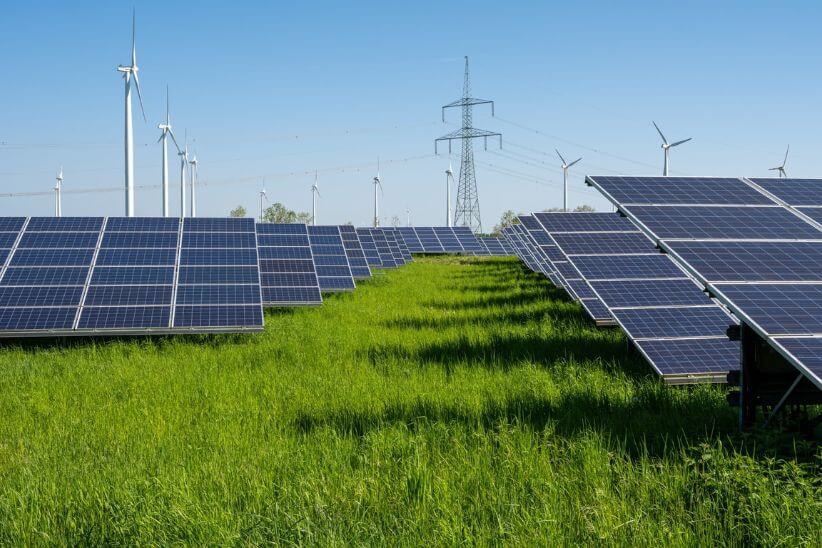
In preparing this article, I realise that there is much more than one article’s worth to share so I’m going to run this over the next couple of weeks.
I know that we have a potential retailer coming to visit in a couple of week’s time so I want to give you as much useful information as possible between now and then. But, at the same time, I don’t want to overwhelm you!
This week I’m going to:
Next week I’ll be answering questions raised by:
The week after that I’ll tackle further questions that have come up along the way.
Disclaimer: I am not writing these articles as an ‘expert’. I want you to have enough information (or avenues to find it) so that you can make an informed choice/decision about the solar energy bulk buy opportunity we currently have.
I am a local resident with a lot of interest in renewable energy. I am keen for opportunities for sustainable, renewable energy in Mallacoota and a researcher’s curiosity about the whole complex field of energy production, distribution, marketing, costs and I’m attempting to understand it.
I have a qualification in home sustainability assessment but that is not my reason for these articles. I have a very real interest in helping you, my fellow residents, find appropriate solutions for your energy needs. My interest is to try to draw together information from others more expert than me in a way that makes sense to us here in Mallacoota today.
So, it’s quite difficult to even know where to begin but here I go.
Q1. I already have or I’m thinking of getting solar panels on my roof. Does my electricity retailer matter?
A1. Yes, it does. There are a very wide range of electricity retailers you can choose from. If you are supplying yourself with renewable energy during the day, it makes sense to also purchase your night-time energy from a supplier that has good renewable energy credentials.
Check out your current electricity retailer in the Green Electricity Guide, the only independent, unbiased ranking of the environmental performance of all electricity retailers to Australian households. In their rankings only 2 retailers get a 5 star rating: Powershop and Diamond Energy. You can find the guide online at www.greenelectricityguide.org.au or, if you don’t use the internet, call me on 0412 312 881 and I will look up your retailer for you.
Q2. I’m completely new to this idea of using the sun for my electricity. What should I be asking when I have someone come to give me a quote?
A2. My first step for you is to get out all your last year’s bills and see what sense you can make from them. See if you can figure out:
Can you tell what rate you are paying for your electricity? It may be:
This is important information for you to have when the retailer’s representative comes to talk with you.
An aside is warranted here. Did you know that you may be paying 25% or more of your electricity bill for electric hot water heating? Ours was 50% of our average daily use until we got a solar hot water system and now the sun provides ALL the heat. This is a totally separate system to solar photo-voltaic (PV) panels.
Q3. How big a system should I get?
A3. I can’t answer that question from here.
A big question to give back to you here is “What is your motivation for getting a solar PV system?” Your answer to this will make a difference in the answer to what size system you should get.
What I mean is, are you wanting to:
Yet again, getting to know your bill is really helpful in even understanding which of these options are likely for you. Nobody should answer that question for you before they’ve had a thorough look at your bills for the kind of information I’ve asked you about above.
That said, a typical system these days seems to have a 5kw inverter (the piece of equipment that changes what your panels will produce into what can be used in your house and fed into the grid). This size of inverter can manage up to 6.6kw of solar panels on your roof.
I think this is a good time for a bit more basic information about PV systems. But nobody has asked me this question so its one of my own!
Q4. What does ‘behind the grid’ mean and why is it relevant?
A4. When your solar panels produce energy through the day that energy is first made available for use within your house. If you use all of it in any moment, none goes to the grid. If you use less than is produced in the moment, the excess goes to the grid. If you are using more in the moment than you are producing, you draw the amount you are short from the grid. So, in one way, a delightful result is that you have used all the energy that you’ve produced and drawn none from the grid.
Let’s go through a current possible example.
If you took that 10kwh from the grid you would pay $3.765 for the privilege.
It’s unlikely but let’s pretend you didn’t use any electricity during the day it would have been fed into the grid and earned you $.99.
If you used that 10kwh in your house ‘behind the grid’ you would pay nothing and earn nothing. You would have provided your own energy, be better off by $3.765 and missed the $.99 ‘not using it’ would earn you. Ponder this ‘til next week! I’ve run out of space!
Hope this has been helpful. Let me know. Call me on 0412 312 881 or email tricia@hiley.cx with any questions you’d like to see me try to answer in upcoming weeks.